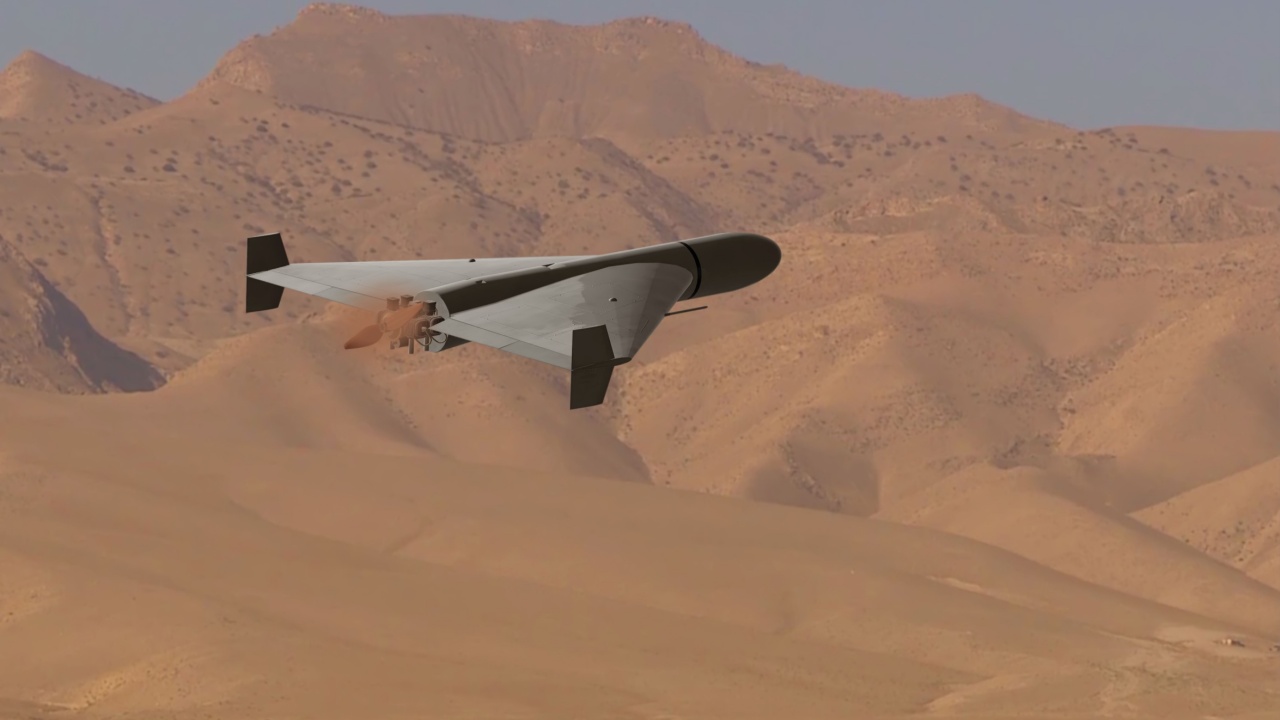Boom! Hundreds of Iranian-made 'Suicide Drones' Destroyed in Russia
The Iranian-made Shahed unmanned aerial systems (UAS) have proven to be quite an effective weapon – albeit, even if they're not terribly difficult to shoot down. The drones must be used in overwhelming numbers to have any chance of inflicting significant damage. As of Wednesday afternoon, Russia now has considerably fewer to deploy, at least for the coming weeks.
The Iranian-made Shahed unmanned aerial systems (UAS) have proven to be quite an effective weapon – albeit, even if they're not terribly difficult to shoot down. The drones must be used in overwhelming numbers to have any chance of inflicting significant damage. As of Wednesday afternoon, Russia now has considerably fewer to deploy, at least for the coming weeks.

Kyiv claims to have carried out its own successful drone strike on a military facility that was housing hundreds of the attack drones. The weapons depot was reportedly located in Russia's southern Krasnodar region.
"Today, a strike group of the Naval Forces of the Armed Forces of Ukraine, in cooperation with the Security Service of Ukraine, attacked a Shahed drone depot near the village of Oktyabrsky in Russia's Krasnodar Krai," the Ukrainian Army announced in a post on Facebook.
"According to available information, about 400 strike drones were stored there. According to the results of objective control, an accurate hit on the target was recorded. A secondary detonation was observed on the territory of the object," the post added. "Destruction of the storage base of the 'Shahed' BPLA will significantly reduce the opportunity of Russian occupiers to terrorize civilian residents of Ukrainian cities and villages."
The facility was reported to be nearly 100 miles from Ukrainian lines.
Iran's Drones: A Terror Weapon
Even before the Kremlin launched its unprovoked invasion of Ukraine in February 2022, Iran had supplied Russia with its drones, including 100 Shahed-136 and 60 smaller Shahed-131 drones – which have been described as "suicide" or "kamikaze" drones as the platforms explode on impact with the target. The drones have been used to target energy and other civilian infrastructure as well as Ukraine's population centers.
The Shahed-136 has been employed in Iran's drone and missile strikes on Israel.
Iran has largely lacked the capabilities to produce domestic manned aircraft, but it has more than made up for it by jumpstarting its drone program. However, it didn't so much develop these systems from scratch.
The larger Shahed-136 is believed to have been reverse-engineered from a U.S. UAS that was captured in 2011. Likewise, it utilizes knock-off copies of Western computer chips made in China. It remains unclear how Tehran obtained those boards, but it also shows the resourcefulness of Tehran and Beijing to skirt international sanctions.
"Powered by the Chinese-produced MD550 engine, the Shahed UAV can reach a maximum speed of 185 kilometers per hour. Analysts believe this engine is largely a reverse-engineered version of a German design," wrote Maya Carlin for The National Interest. "The UAV launches from a catapult system or from pre-filled containers fired off the backs of vehicles using an ejectable rocket assist system."
As the Russian military's stockpiles of missiles have run low, Moscow turned to Tehran, which has stepped up to provide the drones and other ordnance. Initially, at least, the Islamic Republic went to great lengths to deny that it was supplying the Kremlin with the drones, but in the last year at least, it has stopped any such pretense.
Author Experience and Expertise: Peter Suciu
Peter Suciu is a Michigan-based writer. He has contributed to more than four dozen magazines, newspapers, and websites with over 3,200 published pieces over a twenty-year career in journalism. He regularly writes about military hardware, firearms history, cybersecurity, politics, and international affairs. Peter is also a Contributing Writer for Forbes and Clearance Jobs. You can follow him on Twitter: @PeterSuciu. You can email the author: [email protected].
Image Credit: Creative Commons and/or Shutterstock.


